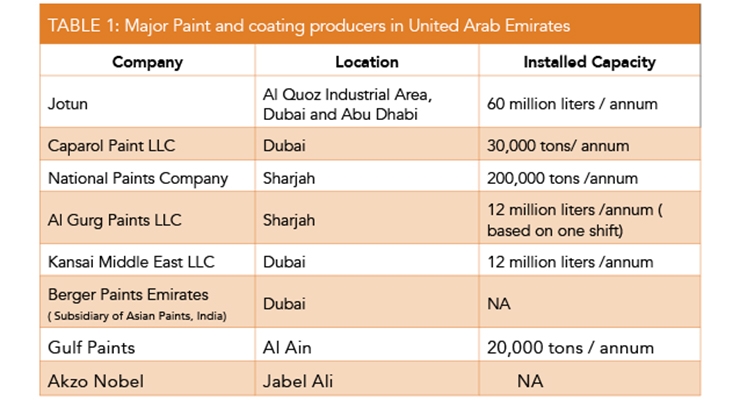Below The Surface Of Your Industrial External Paint Job Exists The Essential Role Of Weather-- Find Exactly How It Can Make Or Damage Your Outcomes
Below The Surface Of Your Industrial External Paint Job Exists The Essential Role Of Weather-- Find Exactly How It Can Make Or Damage Your Outcomes
Blog Article
Team Author-Beasley Stiles
When you're preparing an industrial exterior painting project, don't undervalue the influence of weather on your results. You need to take into consideration aspects like temperature level, moisture, and rainfall, as they can make or damage your paint task. As an example, did you know that optimal problems ask for specific temperature ranges and moisture degrees? Stopping working to monitor these elements can lead to unequal surfaces or even damages to fresh paint. Understanding these components is key to attaining a resilient, expert end result. So, what certain weather should you be wary of?
Temperature level Considerations
When it comes to industrial exterior paint, temperature plays a crucial duty in the outcome of your job. If you're repainting in severe warmth, the paint can dry as well swiftly, causing problems like poor adhesion and uneven finishes. You want to go for temperatures in between 50 ° F and 85 ° F for the best outcomes. Listed below 50 ° F, paint may not heal properly, while over 85 ° F, you risk blistering and splitting.
Timing your job with the appropriate temperature levels is crucial. Begin your job early in the early morning or later on in the afternoon when it's cooler, particularly during hot months.
Also, consider the surface temperature; it can be significantly higher than the air temperature level, specifically on sunny days. Use a surface area thermometer to examine this prior to you begin.
If temperature levels are uncertain, watch on the weather prediction. Sudden temperature level drops or heat waves can hinder your strategies. You do not intend to start repainting just to have the problems change mid-project.
Moisture Levels
Humidity levels dramatically impact the success of your commercial outside painting task. When the moisture is too expensive, it can hinder paint drying out and curing, bring about a range of problems like poor bond and finish high quality.
If you're intending a job throughout moist problems, you may discover that the paint takes longer to completely dry, which can expand your project timeline and rise costs.
On the other hand, low moisture can likewise posture obstacles. Paint might dry as well promptly, preventing proper application and leading to an uneven finish.
You'll intend to keep track of the moisture degrees closely to ensure you're working within the optimal variety, generally in between 40% and 70%.
To get the very best results, take into consideration utilizing a hygrometer to measure humidity before starting your project.
If you locate the degrees are outside the optimal range, you might need to readjust your timetable or choose paints created for variable problems.
Constantly consult the supplier's standards for specific recommendations on humidity tolerance.
Rainfall Influence
Rainfall or snow can considerably disrupt your industrial outside painting plans. When precipitation occurs, it can wash away fresh applied paint or create an uneven finish. Preferably, visit the following page want to pick days with completely dry weather to make certain the paint sticks appropriately and cures properly. If you're caught in a shower, it's ideal to stop the project and wait for problems to improve.
In addition, snow can be a lot more detrimental. Not just does it develop a wet surface area, but it can likewise lower temperature levels, making it hard for paint to completely dry. This can lead to issues like peeling or blistering down the line.
It's critical to check the weather prediction before beginning your project. If rain or snow is anticipated, consider rescheduling.
Constantly bear in mind to allow ample drying time between coats, particularly if the weather condition stays uncertain.
Conclusion
To conclude, watching on the climate is vital for an effective industrial external painting project. By keeping track of temperature, moisture, and precipitation, you can make certain the best problems for application and healing. Remember to prepare mouse click the next page around positive weather condition and constantly adhere to supplier standards. With the right approach, you'll achieve a durable, gorgeous finish that can endure the elements. Don't let the weather capture you off-guard-- stay notified and paint clever!
